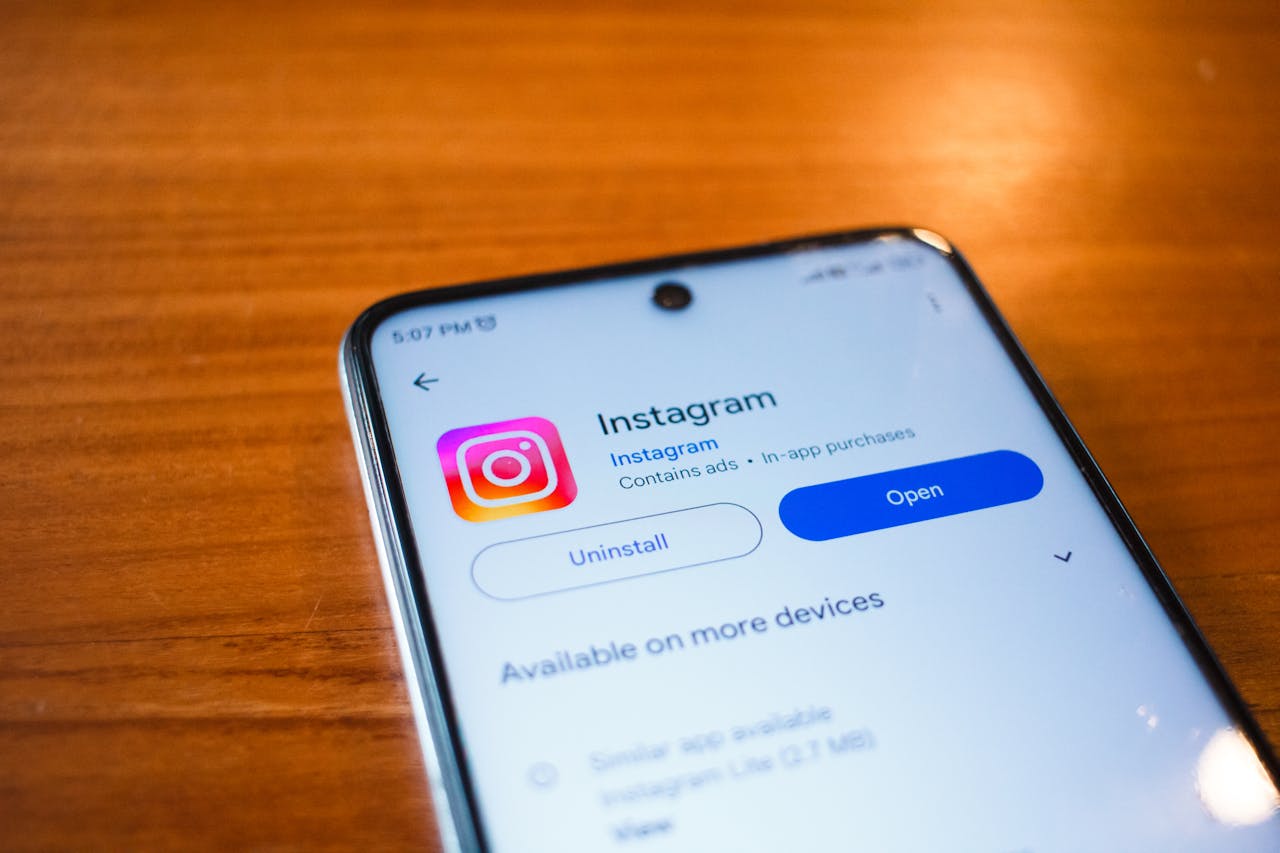Let’s bust a myth that’s quietly draining marketing budgets every single day:
🚫 “Broad match keywords bring in more traffic, which means more conversions.”
Spoiler: That logic is flawed—and it could be costing you thousands.
I’ve seen it time and again: businesses launch Google Ads campaigns, eager to scale, and they choose broad match keywords in the hopes of maximizing reach. On the surface, it seems like a smart move. After all, more impressions and clicks = more conversions, right?
Not exactly.
Let’s dig into why broad match can be a trap, what’s really happening behind the scenes, and how to build a smarter keyword strategy that actually delivers ROI.
The Problem with Broad Match Keywords
Broad match keywords tell Google:
“Show my ad to anyone whose search seems vaguely related to this keyword.”
That sounds flexible and expansive—which is true. But it’s also unpredictable.
Here’s a quick example:
- ✅ You target the keyword: CRM software
- ❌ Google shows your ad for: free CRM tools, open source CRM, CRM definition
If your product is not free, not open source, and you’re not targeting top-of-funnel education traffic… guess what? You just paid for a click that was never going to convert.
Multiply that by hundreds or thousands of irrelevant impressions and clicks—and it’s no wonder your cost-per-lead goes up while your conversion rate tanks.
Why Broad Match Is So Misleading
Here’s the psychology behind why this happens:
- Broad match gives the illusion of scale
- You see high impression and click volume
- But the quality of those clicks is low
- And without tight control, Google’s algorithm will optimize for clicks, not conversions
Unless your budget is massive and you’re running awareness campaigns, broad match is often too loose for most advertisers—especially in B2B or niche verticals.
A Better Approach: Control, Refine, Convert
If you’re looking for more qualified leads—not just traffic—there are smarter ways to build and scale your campaigns. Here’s what I recommend:
✅ 1. Use Phrase and Exact Match for Precision
These keyword match types give you greater control over when your ads are shown.
- Exact match: Your ad shows only when someone searches for that exact keyword or a close variant.
- Phrase match: Your ad shows when the search includes your keyword phrase, in the same order, possibly with other terms before or after.
This helps ensure you’re targeting searchers with high intent, not just curiosity.
💡 Pro tip: Start with exact match to validate your keyword strategy, then expand into phrase match as you identify profitable terms.
✅ 2. Review Search Terms Weekly
The search terms report in Google Ads shows actual queries that triggered your ads. This is gold.
Make it a weekly habit to:
- Identify irrelevant or low-intent queries
- Add negative keywords to block them
- Discover new high-performing keywords to test
Over time, this becomes a flywheel that continually refines your targeting.
✅ 3. Layer Audiences and Negative Keywords
Want even more precision? Combine keyword targeting with audience signals and negative keywords to tighten things up.
- Use audience segments (like job titles, industries, or remarketing lists) to guide who sees your ads
- Add negative keywords to exclude terms that bring in unqualified traffic (like “free,” “entry-level,” or competitor names)
This approach helps you protect your budget and ensure every click has potential to convert.
The Bottom Line: More Traffic Isn’t Always Better Traffic
Broad match might look attractive when you’re trying to scale fast. But when you dig into the data, it often leads to junk clicks, wasted spend, and inflated cost-per-acquisition.
Smarter PPC strategies start with intent-driven targeting, not a bigger net.
If you’re serious about performance, make sure your campaigns are built to drive quality over quantity—because in paid search, that’s where real ROI lives.
Need help refining your Google Ads keyword strategy?
At Stratus Analytics, we help businesses build PPC campaigns that don’t just get clicks—they get customers.
Scott Sweeney is the principal consultant behind Stratus Analytics. Scott has been providing digital marketing services for over 20 years, and specializes in PPC marketing. In addition to providing digital marketing service through Stratus Analytics, he is currently the Sr Digital Marketing Manager for PAC Worldwide, a global manufacturing business.
